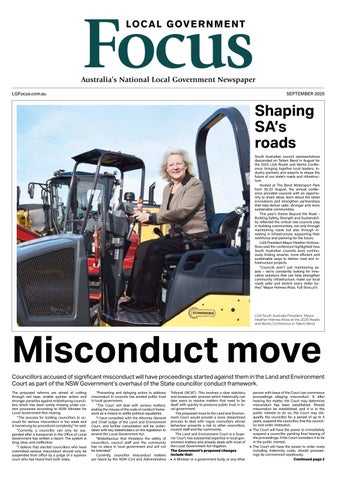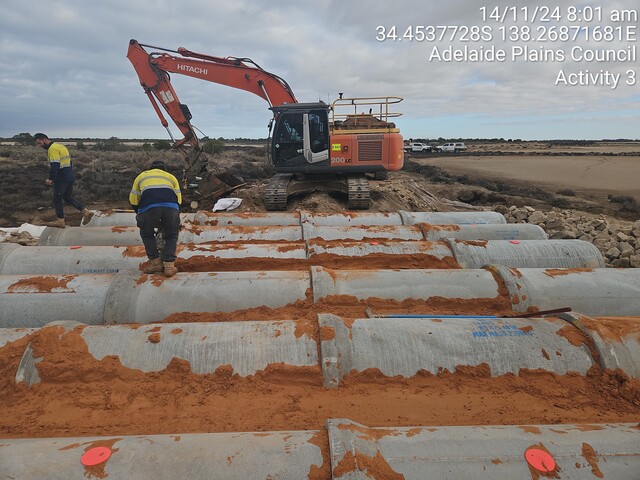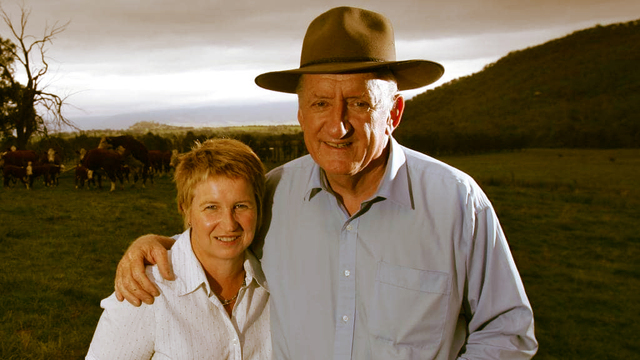With the proportion of people aged over 65 years expected to overtake those aged less than 15 years, in various Australian States within the next decade, alarm bells are ringing loudly. Improvements in health care mean people are living longer, and at the same time they are keen to retire earlier. The introduction of compulsory superannuation has assisted their retirement, but for some people it came too late or they simply have not, or were not financially able to sufficiently top up employer’s contributions. This forced savings for retirement has encouraged others to plan carefully for their twilight years, so recent suggestions from the Federal Government that people should work longer has not been welcomed.
For young people beginning their working lives, many are entering the workforce with a substantial HECS debt and, when they become home owners, they also have a large mortgage to pay off. With the birth rate already rapidly falling, young couples are delaying starting a family and many are opting for no children. While the introduction of paid maternity leave, greater assistance with childcare costs and other family friendly support programs continue to be bandied around by the policymakers, the trend for fewer children, or no children at all, is set to be with us for some time.
So as the number of longer living retirees spirals upwards and the numbers entering the workforce (the taxpayers to support them) spirals downwards, Australian communities face some major economic and social issues. One positive is that unemployment should drop. But the projection that there will be new jobs created by wealthier retirees requiring personal services to maintain their lifestyles is reliant on there being enough younger people prepared to take on these, and other types of less desirable jobs.
There is no doubt regions and nations will soon be competing hard for both skilled and unskilled workers to fill the gaps.
Local Government must prepare itself for these changes. With many retirees moving to the coastal areas, the proportion of older residents will vary from area to area.
In this edition, we are featuring Ballina Shire Council on the north coast of New South Wales which already has over 30 per cent of its residents aged over 55 years. With this trend set to continue, and its population predicted to almost double by 2030, keeping up with infrastructure and other community services is a monumental task that is being replicated in numerous ‘sea change’ locations around the nation.
City areas, seeing an increase in the number of young people moving in, will also face challenges. Young people with large disposable incomes and high stress jobs may dally socially in various forms of substance abuse. They will risk long term health problems or addiction. For young people who don’t make it in the fast lane, there is the potential of homelessness and street life, and should they also drift into substance abuse, this is likely to take them down a criminal path in order to sustain their habit.
Councils need to be preparing for these and other pressing community issues. As such, they should not miss Australia’s first National Community Development Conference Wresting Wicked Problems to be staged in Canberra from 2–4 May (refer page 9 for further details).







